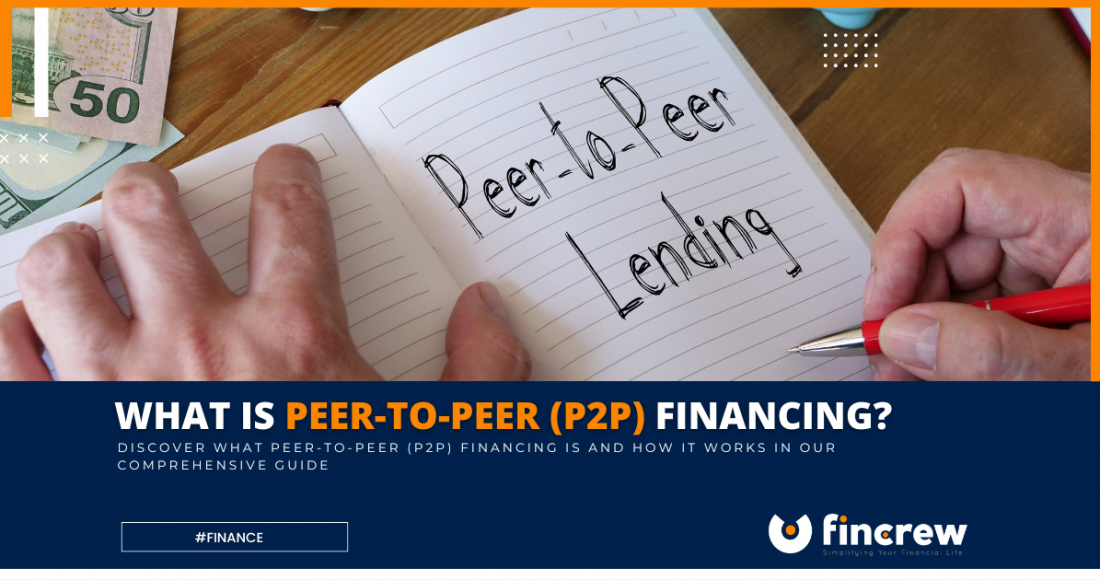When considering taking out a loan, the first thing that comes to mind is applying for one with a bank or credit union. Indeed, that’s an option, but today, borrowers have many more financing options than they had in the past. For example, peer-to-peer (P2P) lending allows investors to work directly with borrowers looking for loans. There are often low-interest rates and a simple application process for peer-to-peer loans. Can small businesses benefit from peer-to-peer lending? In this article, we will explain what P2P lending is and whether or not it’s right for your business.
What Is Peer-to-Peer (P2P) Lending?
Peer-to-peer lending involves lending money directly to an individual or business without the assistance or participation of a formal financial institution. P2P lending generally takes place through online platforms that connect lenders and borrowers. A P2P loan can be secured or unsecured. Note this; however, most loans in P2P lending are unsecured personal loans. It is rare for the industry to offer protected loans, usually backed by luxury goods. Among alternative financing sources, peer-to-peer lending has some unique characteristics.
Understanding Peer-to-Peer Lending
A P2P lending website connects borrowers with lenders directly. Each website sets the rates and terms, and the website enables the transaction. The basis of interest rates on most sites is the applicant’s creditworthiness. Investing on the site begins with opening an account and depositing funds to be dispersed as loans. Financial profiles posted by loan applicants are according to their risk level, which determines their interest rate. Applicants can review offers and accept one if they like it. Some applicants break up their requests into chunks and accept multiple offers at once. Through the platform, they transfer money and process monthly payments. A loan can be fully automated, or borrowers and lenders can negotiate.
The Pros And Cons Of P2P Lending For Businesses
Businesses can get the financing they need through P2P lending without going through a bank. Here are the pros and cons:
Pros
- Streamlined application process: P2P lending has the advantage of being easy to apply. Your application will be approved or denied almost immediately, so you won’t have to deal with paperwork.
- Low rates: P2P lending offers surprisingly low-interest rates since individual investors do not have the same overhead as banks. It’s great to do your homework before purchasing.
- Options for Imperfect Credit Score: You have better chances of getting a loan with imperfect credit if you have a high credit score. However, bad credit will not necessarily disqualify you from P2P lending.
- Fast Funding: A P2P loan can be funded in as little as one week if you are approved. It is possible, however, to get financing in as little as three days on some marketplaces.
Cons
- Fees: Although P2P loans may have low-interest rates, they are often associated with additional fees. For example, some lenders charge origination fees ranging between 1% to 8% of the loan amount. Reading the fine print before signing a loan contract would be best.
- High rates: P2P lending sites have the advantage that you don’t need excellent credit to qualify. However, you may be stuck with high-interest rates if your credit is poor.
Concluding Thought
To get a loan for your business but don’t want to deal with traditional lenders, P2P lending may be the right option. With peer-to-peer lending, you can borrow money directly from individual investors without going through a financial intermediary. You may qualify for a low-interest rate with a good credit history. Poor credit borrowers are welcome to apply, however.
Do your due diligence once approved for a loan. Make sure the loan is worth the amount you’ll have to pay by comparing offers from several lenders.





